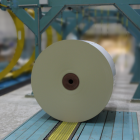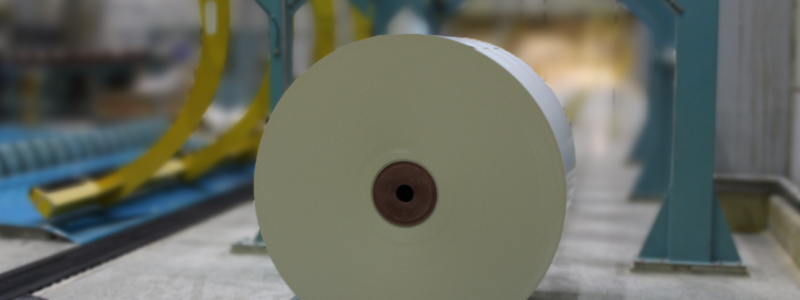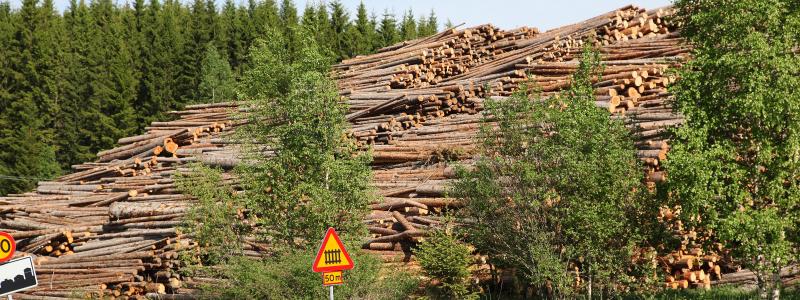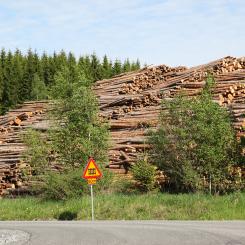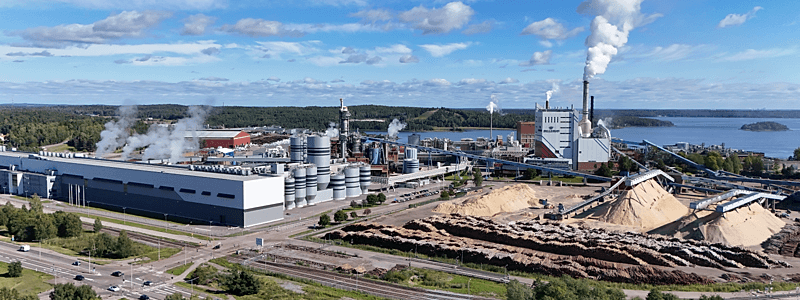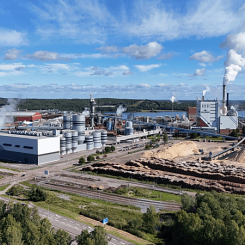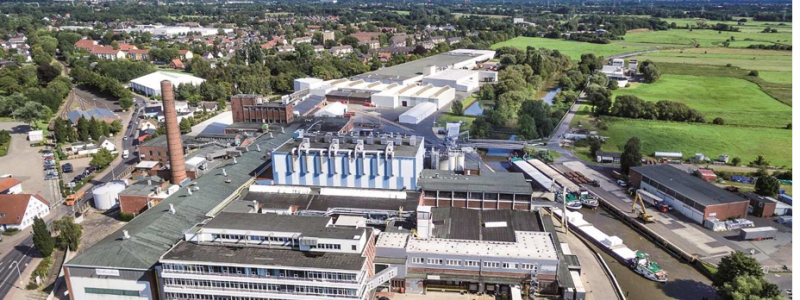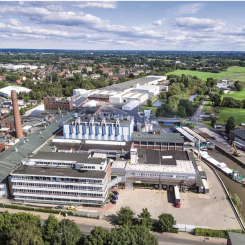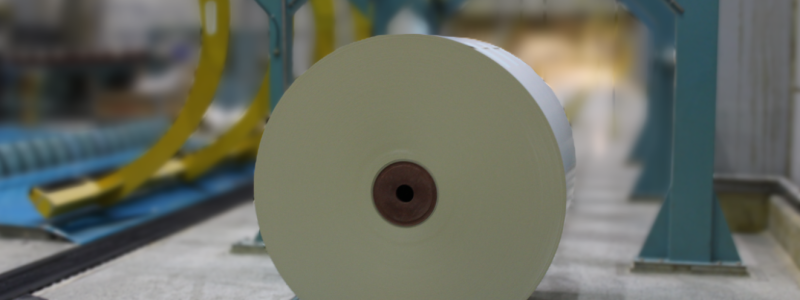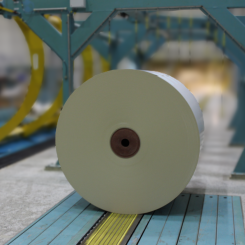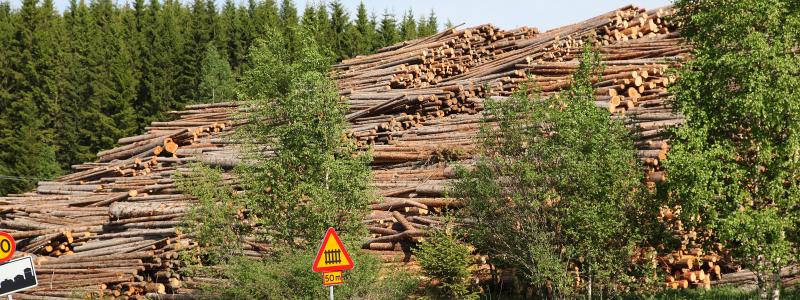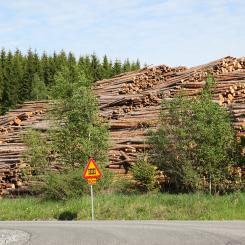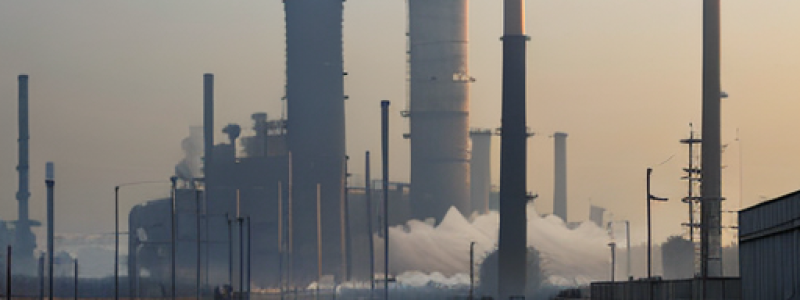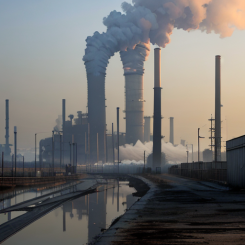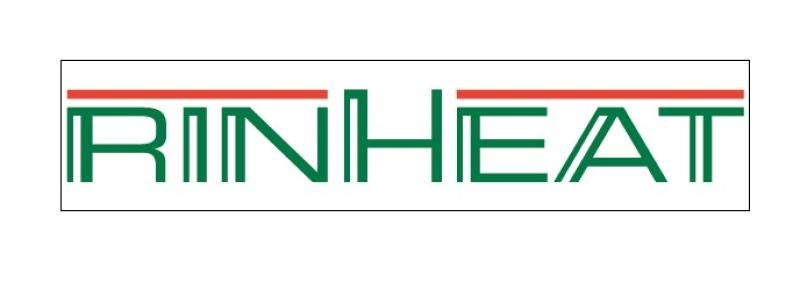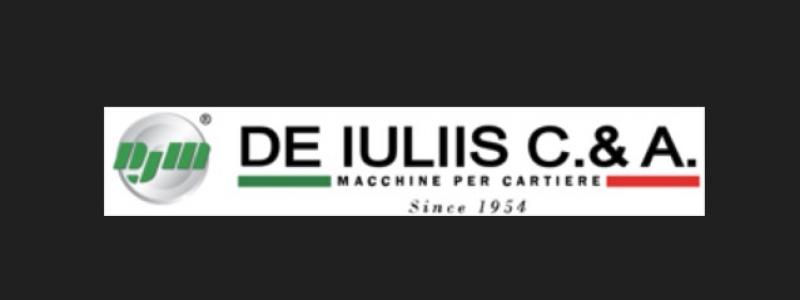Between 2007 and 2012, the European kraft paper and paper sack industry significantly improved its carbon footprint. This is the conclusion reached by a recent study conducted by the Swedish research institute Innventia, which regularly analyses the carbon footprint of the entire supply chain of the European paper sack industry on behalf of EUROSAC and CEPI Eurokraft. The most important results are shown in an infographic.
The carbon intensity of producing one tonne of average European kraft paper was optimized by 17% between 2007 and 2012: from 570 kg of CO2 equivalent (CO2e, i.e. greenhouse gases such as carbon dioxide or methane) to 471 kg CO2e. The emissions during kraft paper production account for 60% of the total carbon footprint for each individual paper sack.
During the subsequent stages of production from the cradle to the factory gate, the CO2 emissions per paper sack were reduced from 118 g CO2e to 99 g CO2e. This corresponds to an improvement of 16%, which, among other factors, is due to the fact that the weight of each individual sack has been reduced thanks to the improved paper quality.
Comparing the results for 2007 to those for 2012, approximately 95,000 tonnes CO2e were saved each year. Based on average CO2 emissions per new passenger car registration of 137 g/km, this is the equivalent of 693 million passenger car kilometres. This corresponds to approximately 17,300 car journeys around the globe.
Extending the analysis to include additional aspects would give an even more complete picture of the carbon footprint of European paper sacks. Taking into account end-of-life emissions and any benefits arising from emissions avoided due to recovery and waste management activities reduces the carbon footprint per average European paper sack to 70 g CO2e (instead of 99 g CO2e). It is a well-known fact that forests sequester and store carbon. The sustainable management and growth of forest areas in Europe is a central element of the value chain for paper sacks. If the increasing biomass in Europe’s forests were considered in the calculation, the carbon footprint would actually be negative, at –282 g CO2e per sack.
Source: Cepi Eurokraft



